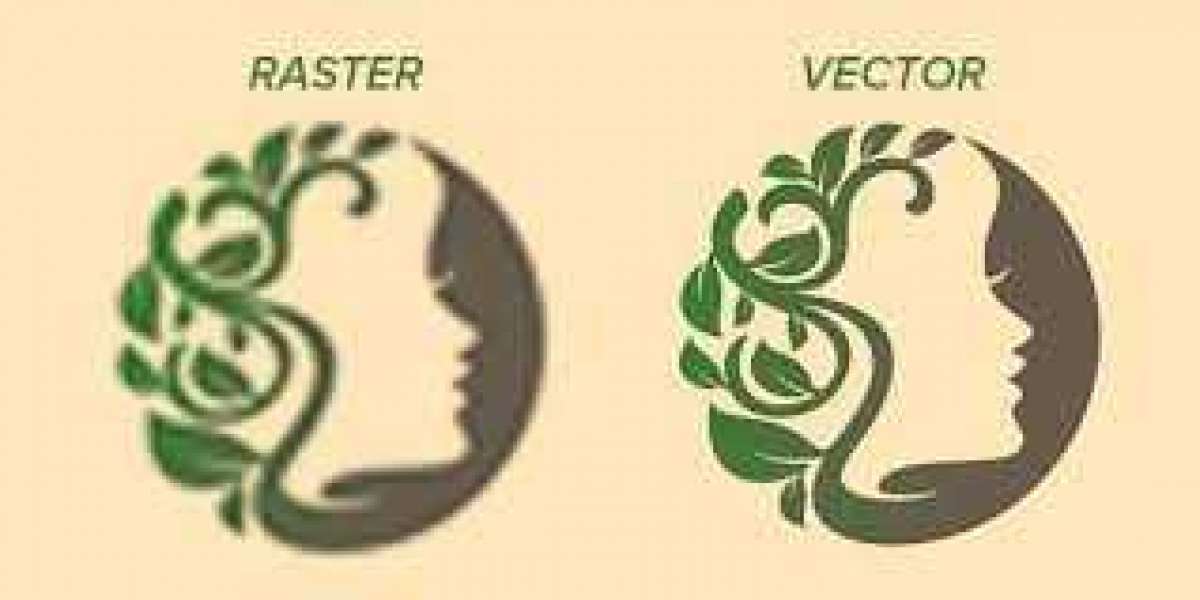The Ultimate Guide to Sewing Machine Needle Sizes: Choosing the Perfect Match for Every Fabric
Introduction
When it comes to sewing, one of the most overlooked yet crucial factors is the sewing machine needle. Many beginners assume that a single needle works for all fabrics, but in reality, sewing machine needle sizes play a major role in the quality of your stitches, the strength of your seams, and the overall finish of your project.
Whether you’re creating delicate embroidery on silk or stitching heavy denim jeans, the wrong needle size can cause skipped stitches, broken threads, and even damage to your fabric. This guide will help you understand everything about sewing machine needle sizes so you can achieve professional-quality results every time.
What Are Sewing Machine Needle Sizes?
Sewing machine needle sizes refer to the thickness of the needle shaft. These sizes are generally represented in two systems:
European system (NM or Number Metric): Sizes range from 60 to 120 (the higher the number, the thicker the needle).
American system: Sizes range from 8 to 20.
For example, a needle labeled 80/12 means it’s a size 80 in the European system and size 12 in the American system. Smaller numbers are meant for lightweight fabrics, while larger numbers are for heavier materials.
Why Do Sewing Machine Needle Sizes Matter?
Choosing the right sewing machine needle size ensures:
Perfect Stitch Quality – The needle smoothly penetrates fabric without leaving large holes.
Thread Compatibility – Larger needles handle thicker threads, while smaller ones support delicate threads.
Fabric Protection – Prevents tearing, puckering, or fraying of fabric.
Machine Health – Reduces needle breakage and stress on the sewing machine.
A mismatched needle size can result in skipped stitches, broken threads, or permanent damage to your fabric.
Common Sewing Machine Needle Sizes and Their Uses
Size 60/8 – 70/10
Ideal for: Lightweight fabrics like chiffon, organza, voile, and silk.
Best thread: Fine cotton or polyester thread.
Projects: Delicate blouses, scarves, and lingerie.
Size 80/12 – 90/14
Ideal for: Medium-weight fabrics like cotton, linen, and satin.
Best thread: Standard all-purpose polyester thread.
Projects: Everyday clothing, quilting, and pillowcases.
Size 100/16 – 110/18
Ideal for: Heavy fabrics like denim, canvas, upholstery, and leather.
Best thread: Strong polyester or topstitching thread.
Projects: Jeans, bags, jackets, and curtains.
Size 120/20 and above
Ideal for: Extra-thick materials such as vinyl, canvas tarps, and multilayered fabrics.
Best thread: Heavy-duty bonded nylon or polyester.
Projects: Outdoor gear, upholstery, and industrial sewing.
Matching Needle Sizes with Fabric Types
| Fabric Type | Recommended Needle Size | Thread Type | Project Example |
|---|---|---|---|
| Chiffon / Organza | 60/8 – 70/10 | Fine cotton/poly | Bridal wear, scarves |
| Cotton / Linen | 80/12 – 90/14 | All-purpose poly | Shirts, dresses, quilts |
| Denim / Canvas | 100/16 – 110/18 | Heavy-duty poly | Jeans, tote bags |
| Leather / Vinyl | 110/18 – 120/20 | Bonded nylon | Jackets, upholstery |
Expert Tips for Choosing the Right Sewing Machine Needle Sizes
Test on Scrap Fabric First – Always sew a test line to check stitch quality.
Change Needles Regularly – A dull needle can ruin your fabric; replace after 6–8 hours of use.
Use Specialty Needles – Ballpoint needles for knits, sharp needles for woven fabrics, leather needles for hides.
Match Thread Needle – Thick thread needs larger needles; fine thread requires smaller needles.
Consider Project Type – Decorative stitching may require larger needles, while embroidery needs finer ones.
How Sewing Machine Needle Sizes Affect Your Sewing Projects
For Beginners: Choosing the wrong size may cause frustration with broken threads and uneven stitches.
For Quilters: Using the right needle size ensures even layers without puckering.
For Fashion Designers: Correct needle sizes preserve fabric quality and give a professional finish.
For Upholstery Workers: Heavy fabrics demand thicker needles to avoid machine stress.
The right needle size not only ensures durability but also enhances the overall beauty of your finished project.
Common Problems with Wrong Needle Sizes
Skipped Stitches: Often due to a needle too small for the fabric.
Fabric Puckering: Caused by a large needle on lightweight fabric.
Thread Breaking: Happens when thread and needle size don’t match.
Needle Breakage: Using a thin needle on heavy fabric leads to breakage.
Maintenance Tips for Sewing Machine Needles
Replace needles frequently to maintain sharpness.
Store needles in labeled cases to avoid confusion.
Keep your sewing machine clean to prevent lint buildup.
Avoid sewing over pins, as it can bend or damage the needle.
Future of Sewing Machine Needle Sizes: AI Smart Recommendations
Interestingly, with AI-driven sewing technology, some modern machines may soon suggest the correct needle size based on fabric thickness and type. This innovation could help beginners avoid common mistakes and make sewing more efficient.
Conclusion
Mastering sewing machine needle sizes is one of the most valuable skills a sewing enthusiast can acquire. Whether you are a beginner learning the basics or an expert working on advanced projects, understanding which needle size works best with specific fabrics can make the difference between frustration and flawless results.
Always remember: The right needle, the right fabric, the right thread = Perfect sewing every time.








